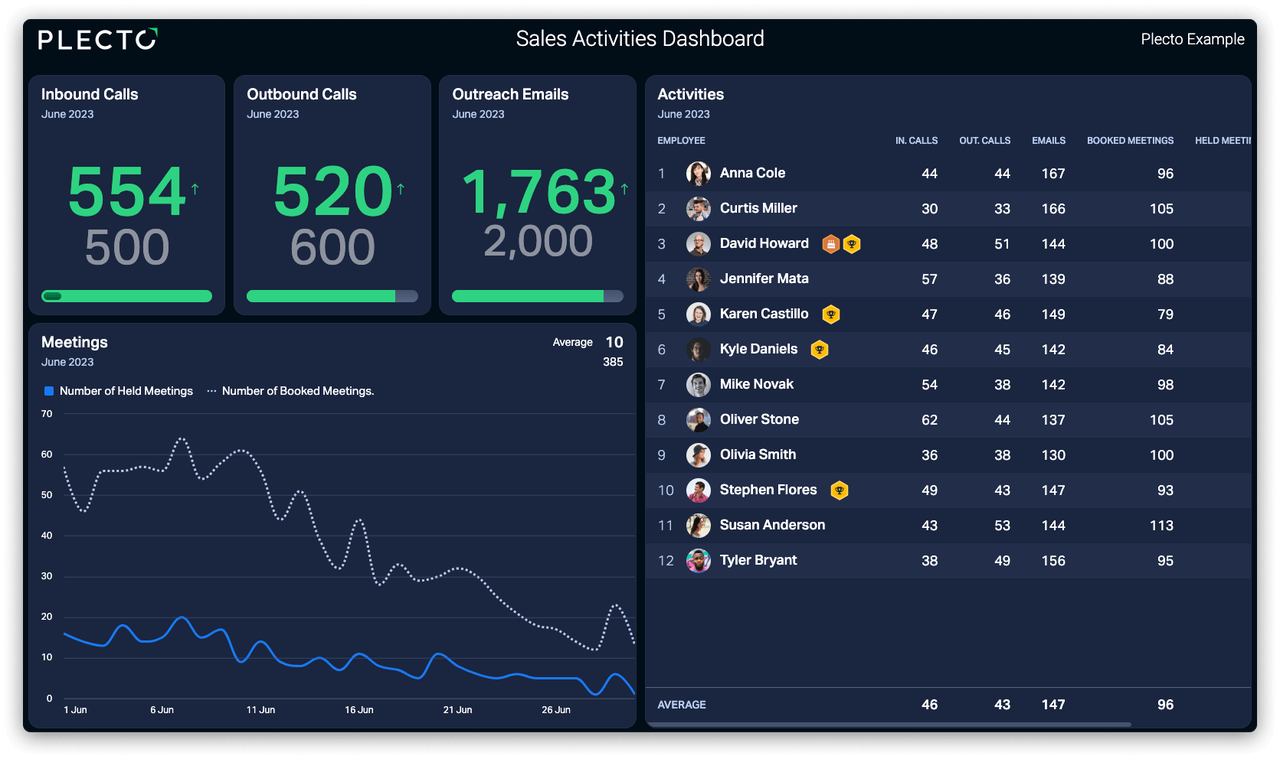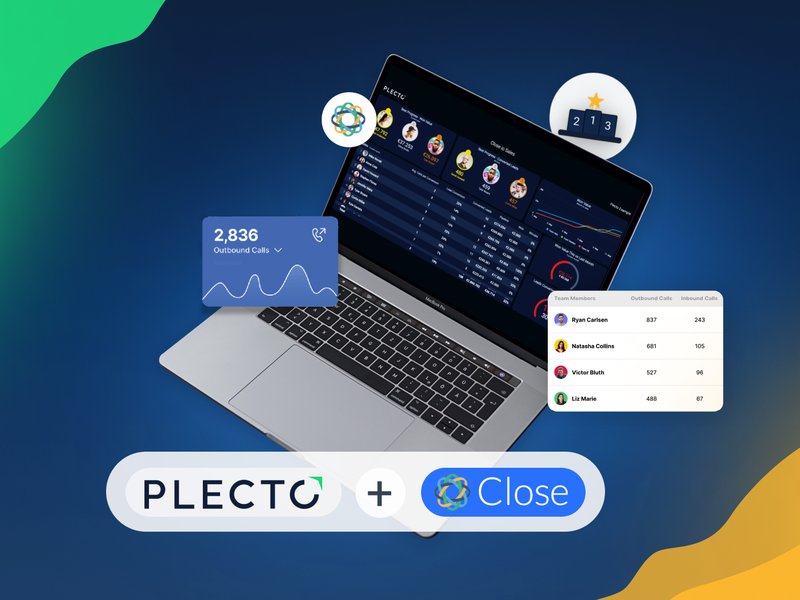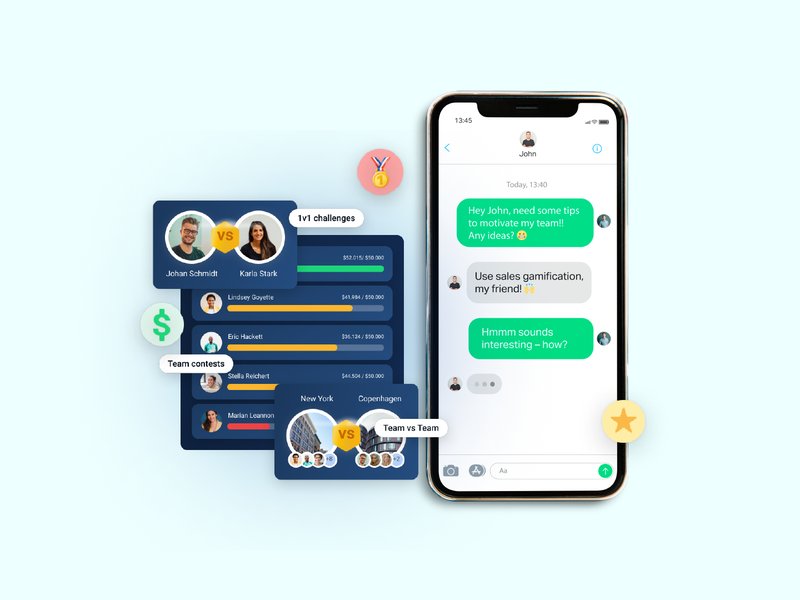Cold calling has been the bread and butter of outbound sales for decades, but the Internet has disrupted how people shop and buy. So, is cold calling still a relevant sales tactic?
This article will explain where cold calling fits into today’s sales landscape – and to help you to stay relevant to today’s consumers, we’ll share nine of the best cold calling tips for before, during, and after each call.
What is cold calling?
Cold calling is a traditional outbound sales practice that involves sales reps contacting prospects out of the blue to gauge their interest in whatever they’re selling. As the name suggests, these prospects are “cold” in that they haven’t expressed any interest in the company’s products or services, and this is usually their first encounter with the company.
Does cold calling still work?
Let’s not sugar-coat this. Recent research found that average cold call conversion rates are typically in the single digits, and most salespeople agree that it’s the worst part of their job. To make matters worse, cold calls by pushy telemarketers are universally loathed in the B2C space.
However, while today’s web-dominated sales environment is mostly buyer-driven, a well-honed cold calling strategy can still be an effective tool for selling to B2B customers. Today’s sales organizations have the advantage of data-driven lead generation – so done correctly, today’s “cold calls” are more like “lukewarm.” In other words, current technology like social media and artificial intelligence (AI) makes it easier for salespeople to target prospects who are likely to be interested in what they’re selling. Want to know more? This article explores how to use AI to boost sales.
Despite its bad reputation, statistics suggest that cold calling is still effective:
- 55% of high-growth companies use cold calling as one of their main sales strategies.
- Companies that don’t use cold calling average 42% less growth vs. companies that do.
Harvard Business Review reports that salespeople who don’t make cold calls have trouble meeting their quotas.
Build your first dashboard.
Start your 14-day free trial today
9 Tips for Cold Calling Effectively
Today’s customers are different from their predecessors, so let’s look into some tips for cold calling effectively in today’s market. Our mix of cold calling sales tips covers strategies to help you before, during, and after the call.
Before You Dial: 3 Cold Calling Tips
The most successful cold callers take time to plan and strategize. These three cold calling sales tips will help to position you for success before you pick up the phone.
1. Understand what buyers want from you
Cold calling makes you the underdog, but understanding what buyers want and expect can help you approach prospects in a way that builds rapport instead of instantly turning them off. According to research from HubSpot, today’s buyers say that these four attributes are the hallmark of a positive sales experience:
- Listens to their needs (69%)
- Isn’t pushy (61%)
- Provides relevant information (61%)
- Provides timely responses (51%)
The stereotypical pushy and faux-friendly approach that’s become synonymous with salespeople is a turnoff to today’s customers, so one of the best cold calling tips we can give you is to craft a repeatable cold call approach around these four points.
2. Call during optimal times
Statistics show that the worst time to make cold calls is on Mondays between 7:00 and 11:00 am. To up your chances of success by 46%, the best time to make your initial dial is on Wednesdays between 4:00 and 5:00 pm. If you miss this time slot, statistics claim that calling on Wednesday between 11:00 am and 12:00 pm is your second-best bet. This is a broad suggestion, and the optimal times to reach your target prospects might be different. However, the essence of this one of our cold calling tips remains – be intentional with your timing.

3. Take time to prepare
Beyond planning your cold calling timeframes, one of our best tips for cold calling is to be prepared. Before you dial, you should know what you’d like to achieve (e.g., qualify the lead, schedule a demo) and stick to promoting that agenda – cold calling is a multi-step process, so take it one step at a time. You should also know a little bit about the prospect you’re trying to reach. LinkedIn is a great resource for gleaning information you can use to warm up your prospect (e.g., by mentioning recent promotions, awards, speaking engagements, published articles) and ascertain whether the prospect has decision-making power.
During the Call: 3 Best Cold Calling Tips
This is where the rubber hits the road. These four cold calling sales tips will help you through the make-it-or-break-it moment when your prospect finally picks up.
1. Eliminate distractions
Cold calling is tedious, but it’s a necessary evil in outbound sales – so don’t undermine your efforts with distractions. Even something as seemingly innocuous as casually checking your email or text messages can pull your focus and disturb the conversation flow. You can probably tell when you don’t have the prospect’s full attention – that goes both ways. Listening without distractions improves your chances of making a good impression, reading between the lines, and truly understanding the prospect’s needs because you aren’t just hearing the words, you’re actually understanding and processing them. This level of understanding can also help your pitch strategy later in the sales process. When you’re fully engaged, you can perform your best – and listening with intent will make it easier to use the value-based approach we’ll suggest a bit later.
2. Pay attention to your opening and introduction
Remember, you’re calling the prospect, they didn’t call you – so make sure to recognize that. Start the call by acknowledging that you’re interrupting their day and asking their permission to continue the call. If the prospect declines, ask them to suggest a good time for you to call back – ideally, you don’t want to hang up before establishing a time to call back. Don’t make the mistake of throwing away your introduction. How you position yourself and the solution you’re selling is a key factor in whether or not the prospect will engage. Make a strong introduction that includes your name, where you’re calling from, and why you’re calling – this is an excellent opportunity to pique the prospect’s curiosity by hitting on how your solution eases a pain point that they’re likely to have.

3. Use a value-based approach
Looking at the four attributes of a positive sales experience, it makes sense to focus on value-based selling – a buyer-focused methodology with an emphasis on providing information, building trust, and finding solutions. Only 13% of customers believe that a salesperson can understand their needs, and research shows that sales reps who focus on how their solution can ease the prospect’s pain points are 96% more successful than those who focus on why their solution is the best on the market. One of the best cold calling tips to keep in mind as you’re talking to a prospect is to listen to what they’re telling you, and then focus on how your solution can address their specific needs. If your solution isn’t a good fit, don’t try to force it. Instead, acknowledge that and thank them for their time – chasing the wrong deals helps no one. Approach each call as a conversation instead of a pitch. Asking open-ended questions is an excellent way to gather useful information straight from the source. The goal of your first call should be to start an ongoing dialogue, so gather information instead of trying to sell the product – if you get this part right, you’ll have plenty of opportunities to close the deal later on. Keeping it brief and productive is an excellent way to demonstrate that you value the prospect’s time.
After the Call: 3 Best Cold Calling Sales Tips
Phew! You’re probably glad that’s over. But there’s still work to be done. These three post-call cold calling sales tips will help you get the most out of the work you’ve just done.
1. Look for learning opportunities
Every call is an opportunity to learn. Take note of things like which days and times are easiest to reach people, how many calls it usually takes to get through to a prospect, how long you spend on each call, and how you could improve how you handle objections. To really sharpen your skills, you could do A/B testing using different approaches to find out which one works best.
2. Keep calling
Cold calling is mostly a numbers game with sales reps averaging 33 cold calls per day resulting in an average of one appointment or referral per week. Each call brings you one step closer to making a sale. The first cold call is just an introduction and an opportunity to gauge whether the prospect is a good fit. To make cold calling work for you, aim to slowly build rapport over a series of calls. And if you’ve agreed on a day and time to call a prospect back, don’t drop the ball. It’s difficult to recover once you’ve failed to keep your word.
3. Follow up in a meaningful way
“Thank you for your time” is just one more message in an already cluttered inbox. You’ll have to contact the prospect multiple times during the sales process. This is where a sales library can be helpful by enabling you to send targeted product information or relevant success stories that help build the case for why your solution is their best option. If your organization doesn’t already have one, you might want to check out this article, which explains how to start a sales enablement program.
Use KPI Dashboards to Track Your Success
Once you’ve implemented these cold calling tips and perfected your technique, you can measure your success using these 21 sales KPIs examples. And if like many organizations, you’re mostly selling remotely, check out our complete guide to remote selling.
Plecto also includes motivating features like leaderboards, contests, and instant notifications to help keep sales reps engaged during the dreaded top-of-funnel activities that are critical to success.




